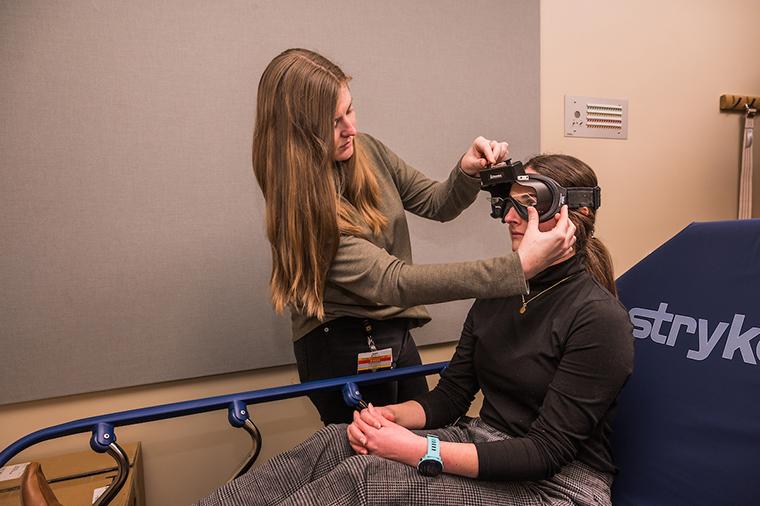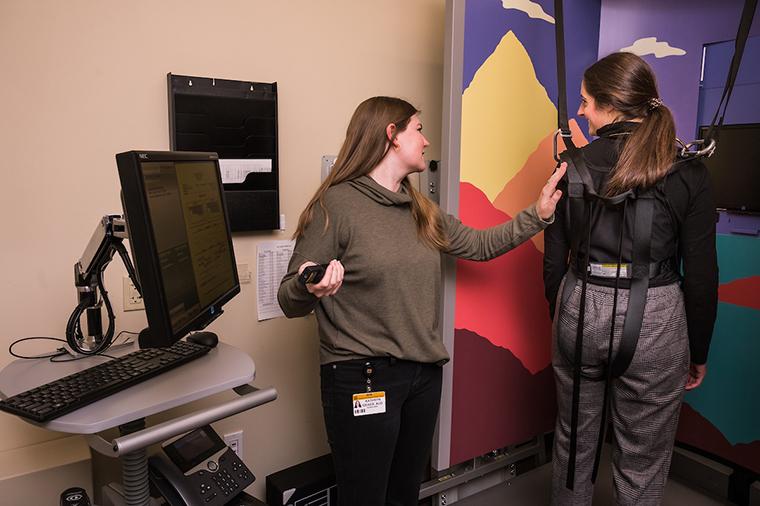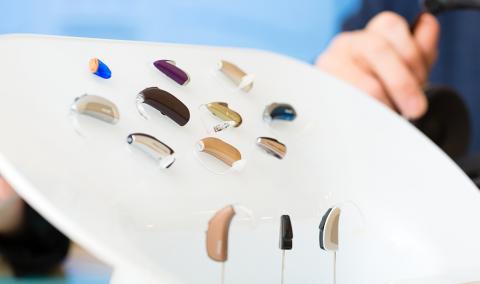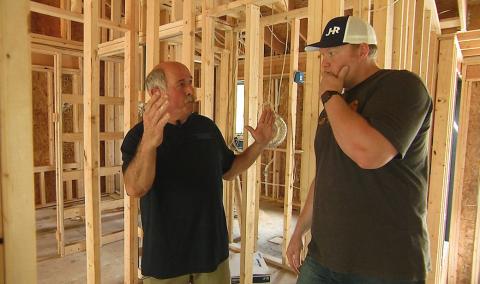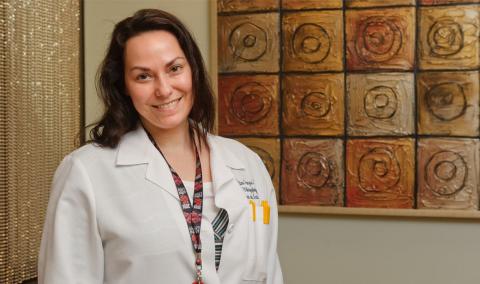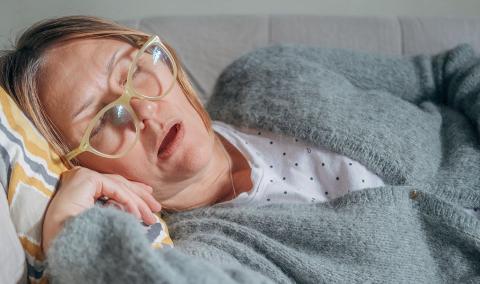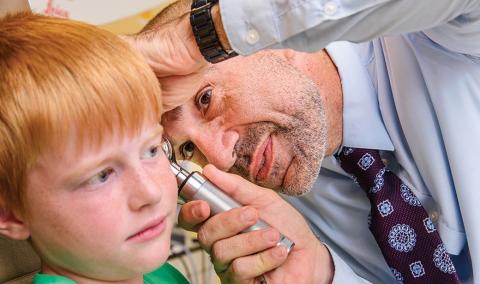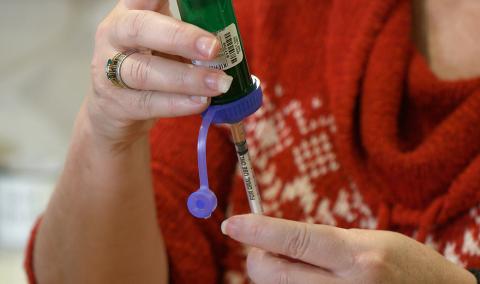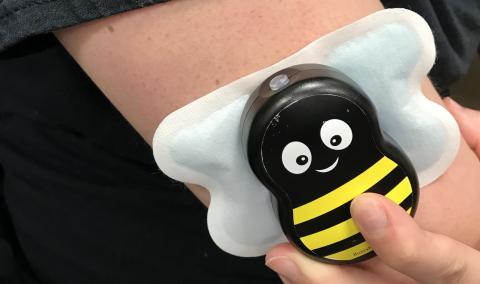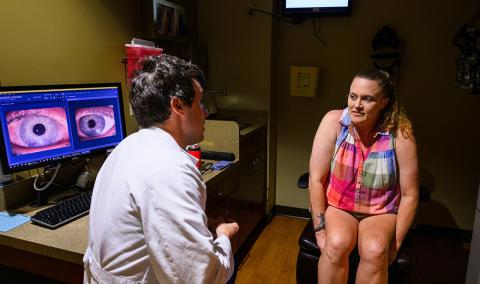The vestibular system acts as our body's GPS device. Located in the inner ear, this system collects information about where we are and how we're positioned, then sends that information to our central nervous system to process so we can remain balanced while our eyes and bodies move.
If something disrupts the vestibular system, our brain can't properly make sense of our location, and we may experience a range of symptoms, including vertigo, disequilibrium, nausea or anxiety. The ENT, Hearing and Balance Center at MU Health Care offers a variety of testing and treatment options for vestibular disorders.
Vestibular disorders
Vestibular disorders can be caused by a number of injuries, illnesses and conditions. The most common causes include:
- Benign Paroxysmal Positional Vertigo (BPPV): the most common cause of vertigo with a true spinning sensation lasting seconds that is usually associated with a change in head position.
- Meniere's Disease: an episodic vertigo lasting minutes that is also characterized by hearing loss, tinnitus (usually roaring) and the sensation of ear fullness.
- Vestibular Migraine: a migraine variant where the headache component is typically absent, but a prevailing sense of imbalance or vertigo occurs. It can be accompanied by other more typical migraine symptoms such as sensitivity to light, sound and nausea.
Other less frequent causes of vestibular disorders include aging, multiple sclerosis, ear or other viral infection, or a brain injury.
Vestibular evaluations
Each of the following non-invasive, painless tests of the vestibular system are analyzed and interpreted by one of our trained audiologists. These tests require specialized equipment and careful adherence to provided instructions.
- Videonystagmography (VNG): Goggles are used to monitor eye movements in response to different stimulus conditions.
- Rotary chair: a response to chair movements while wearing goggles.
- Vestibular Evoked Myogenic Potential (VEMP): a response to sound measured through electrodes.
- Posturography: the measurement of the balance system, including eyes, ears and the body's sense of where it is while using a harness and movable platform.
Your doctor may order additional tests such as an MRI or a CT scan to evaluate more complex disorders.
Treatment options
There are a variety of treatment options available to alleviate the symptoms of vestibular disorders. Our team will work with you to personalize your treatment plan and offer the best care possible.
- Formal vestibular therapy, performed by a physical therapist, may be included in treatment depending on the disorder.
- Particle repositioning consists of moving naturally occurring crystals, called otoconia, back to their normal location in the inner ear. As the condition sometimes recurs, exercise instructions will be given to you to follow at home as necessary.
- Dietary modifications and medication can also help manage and reduce symptoms of vestibular disorders.



